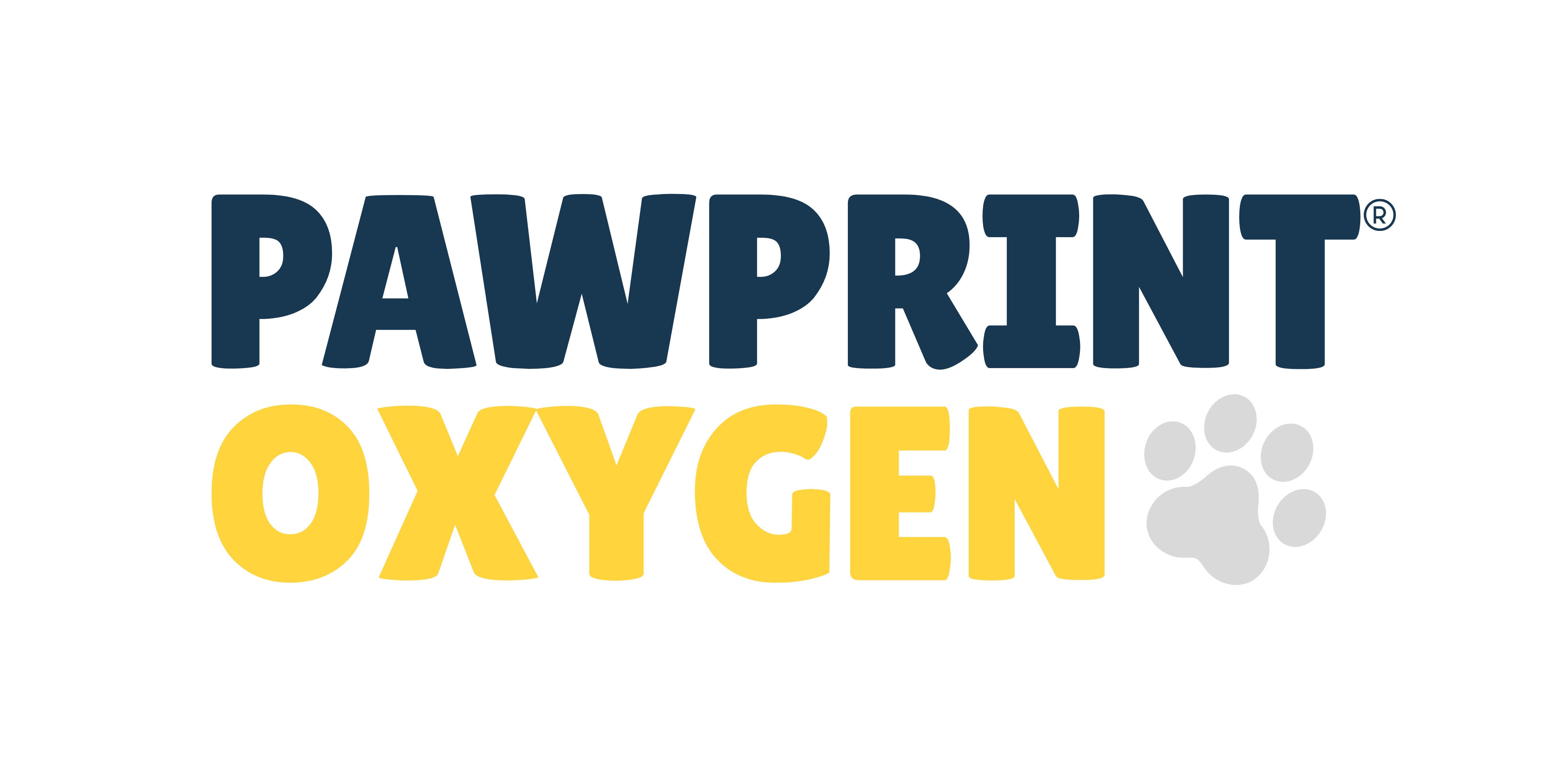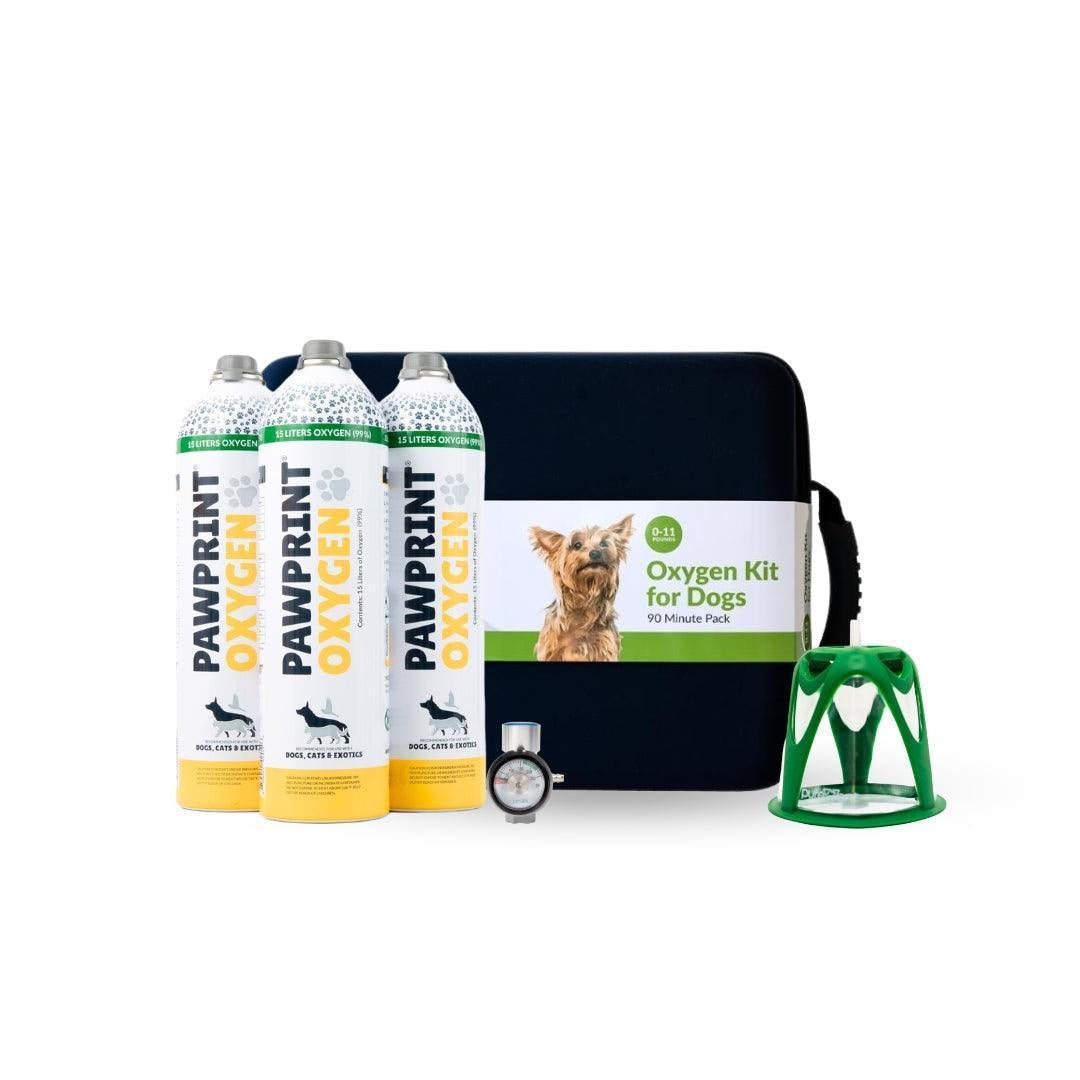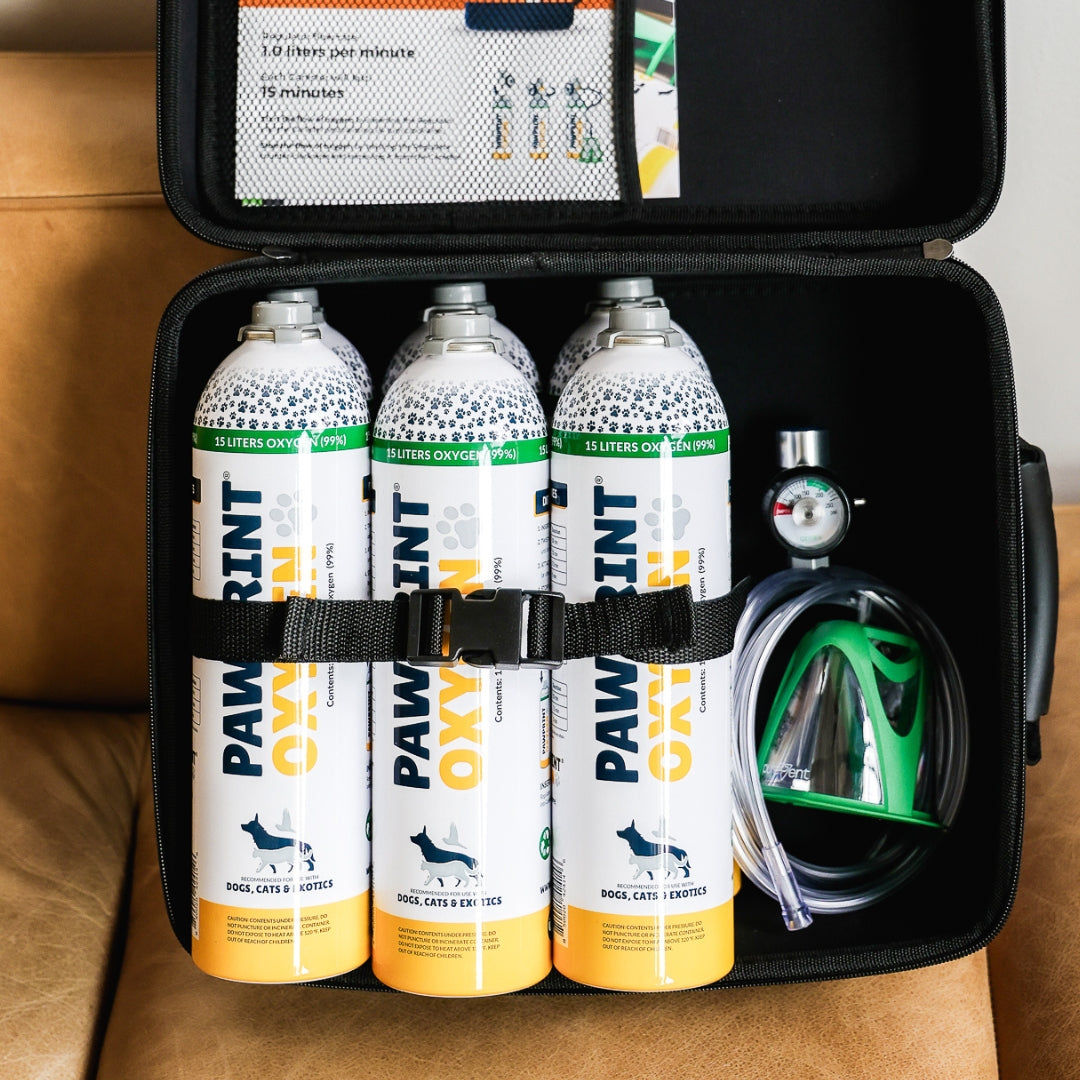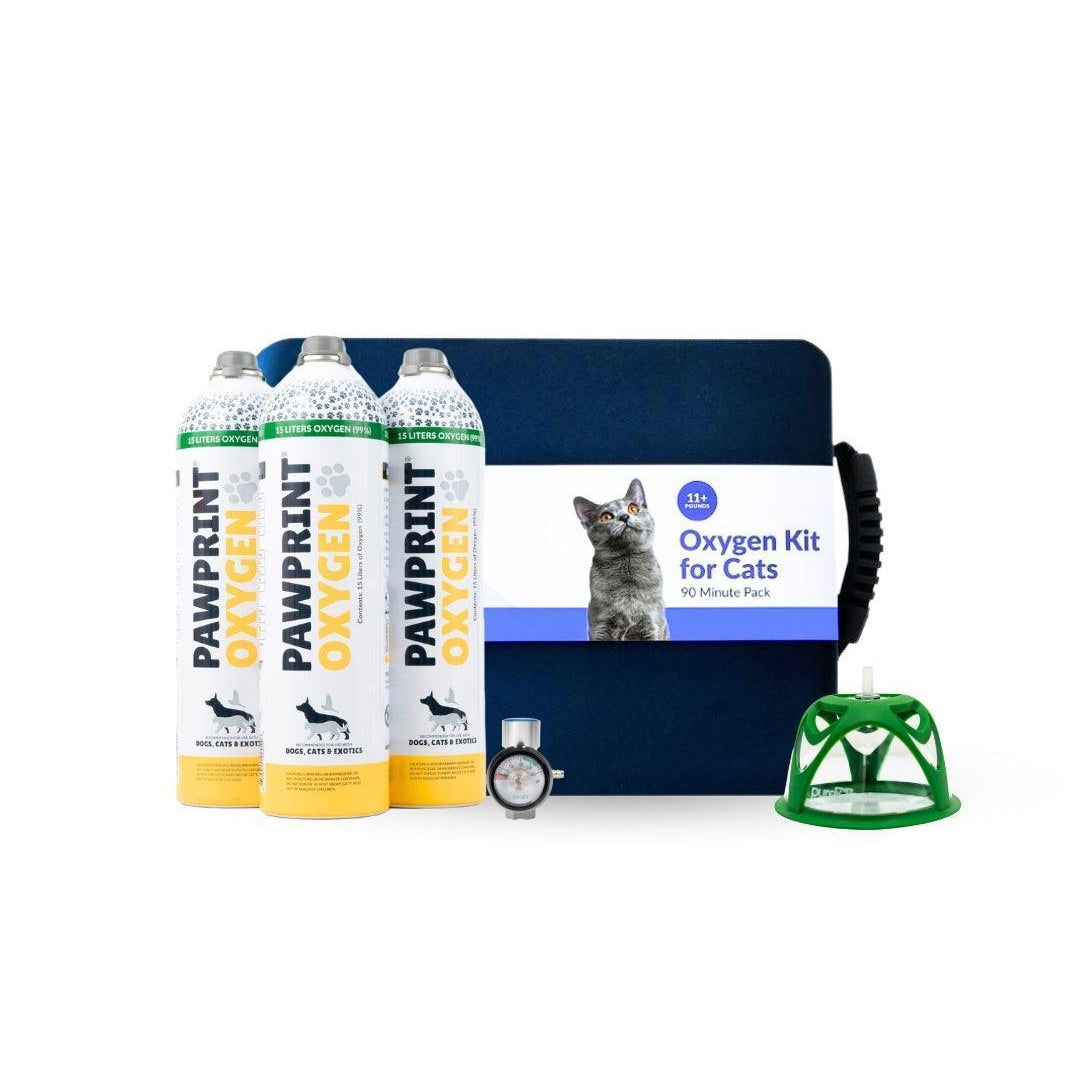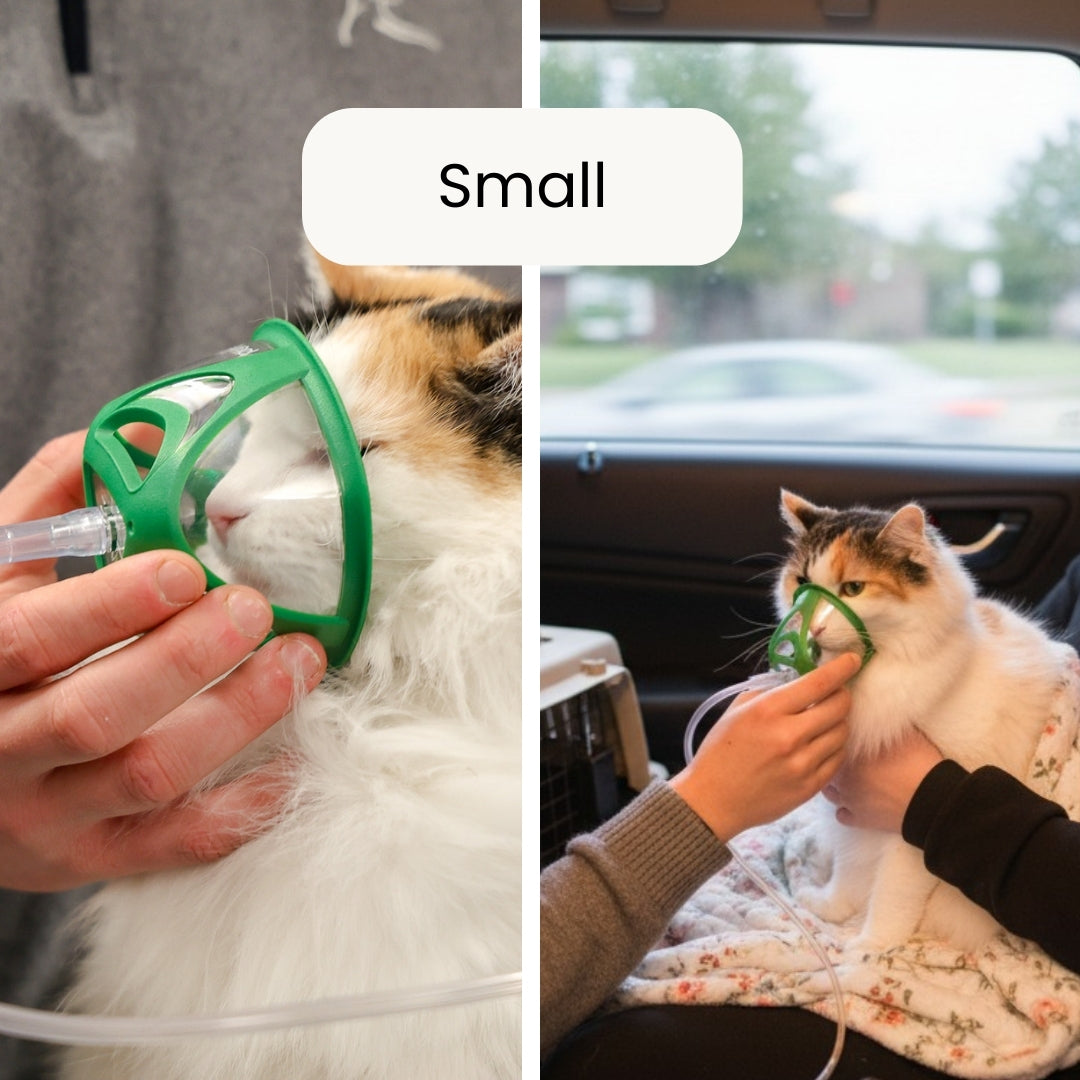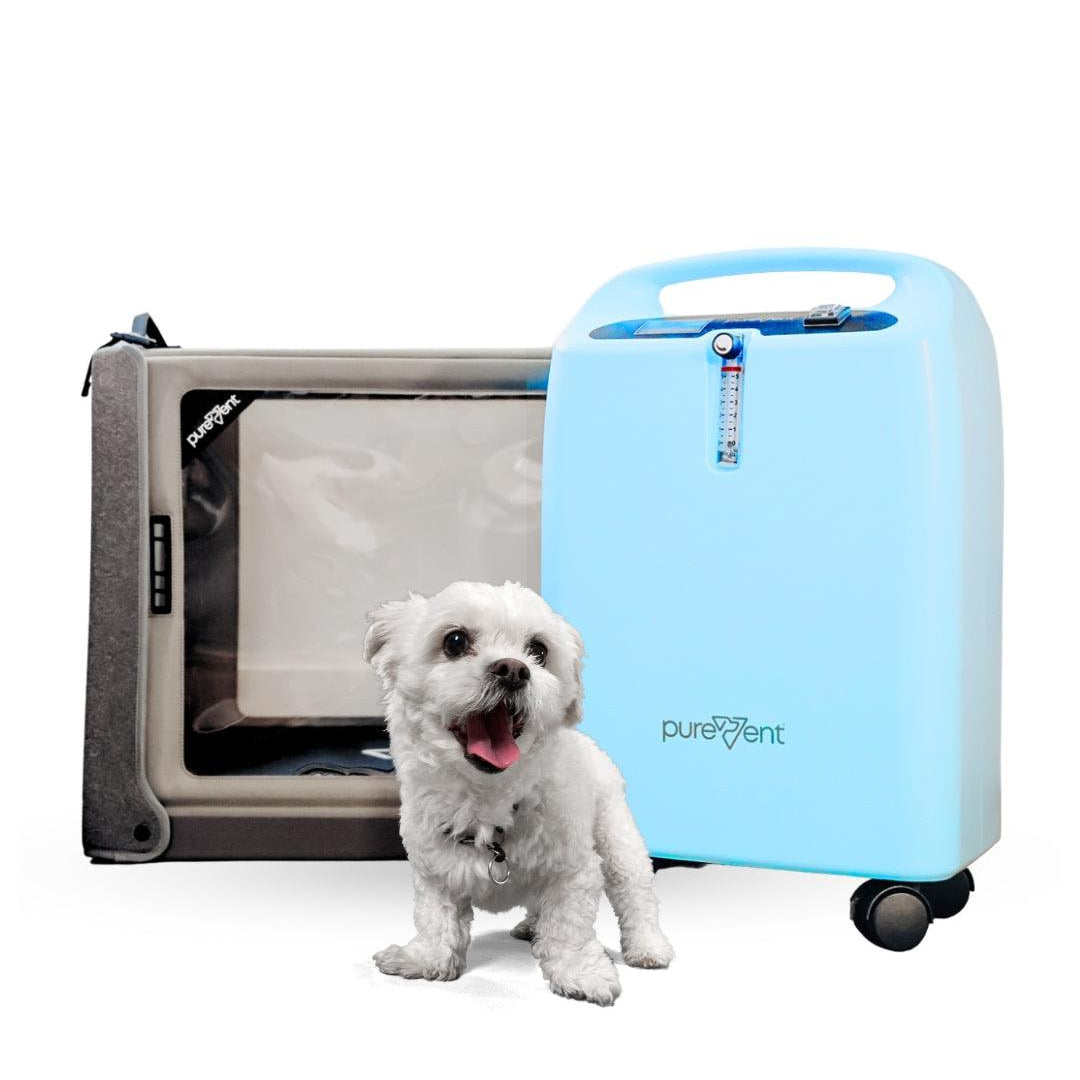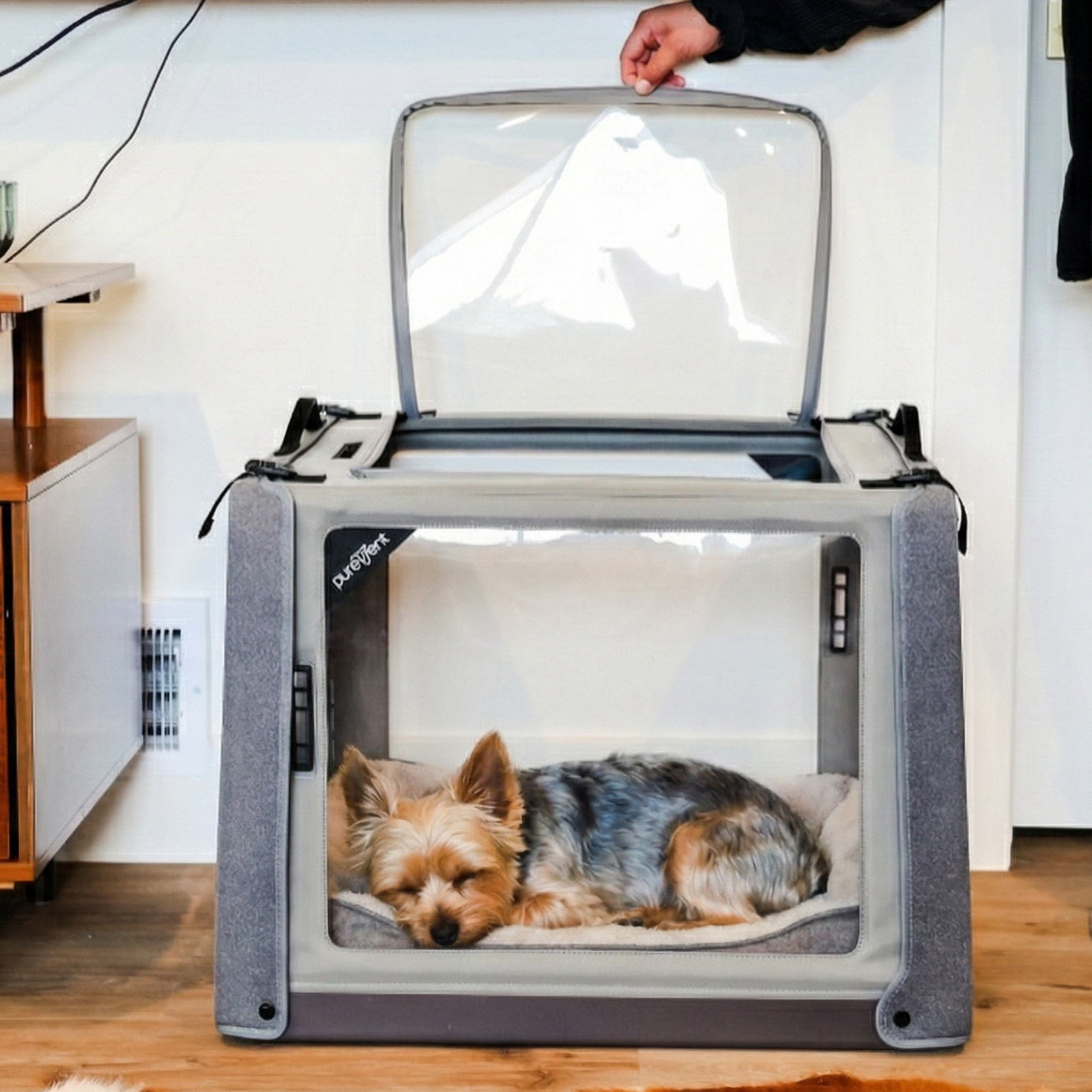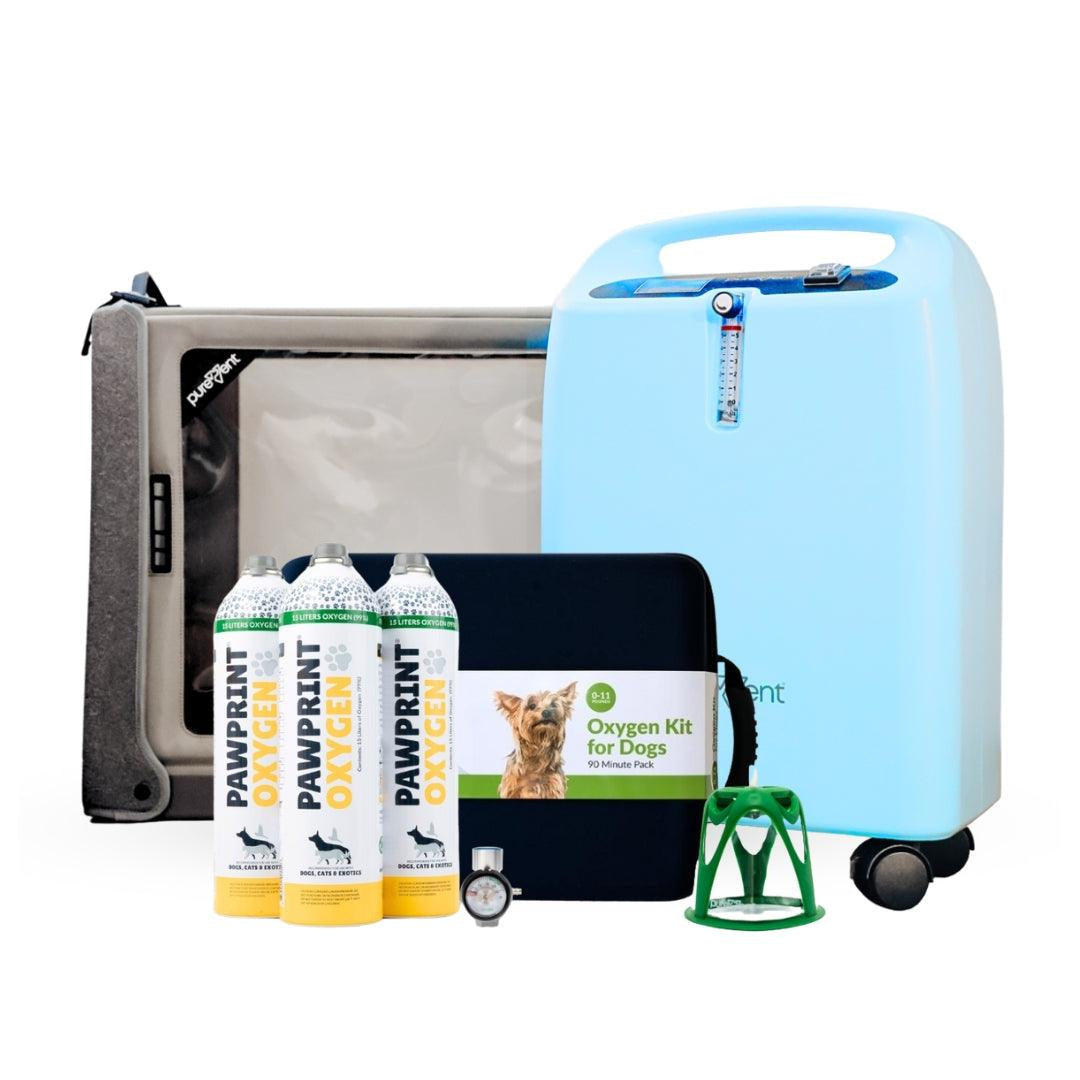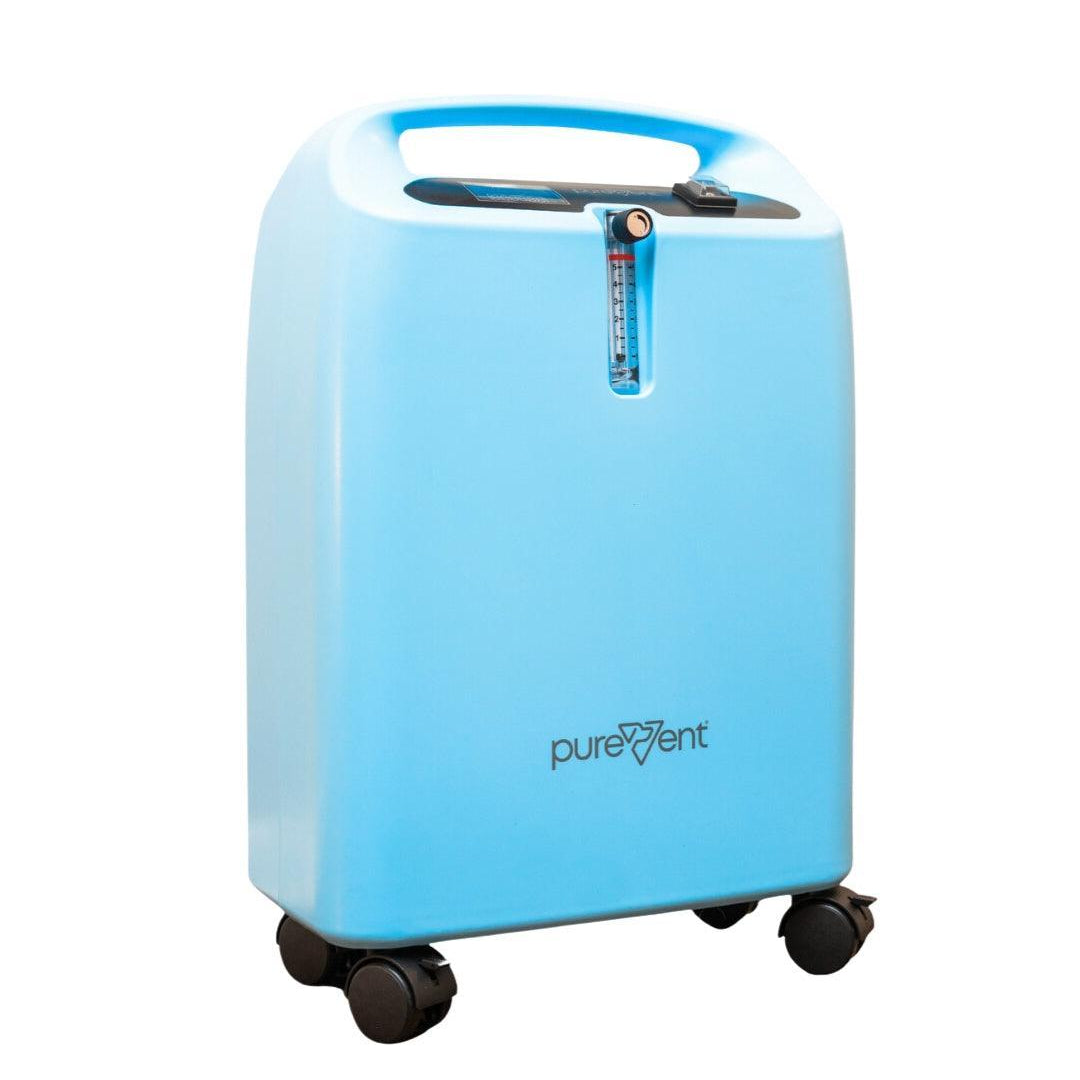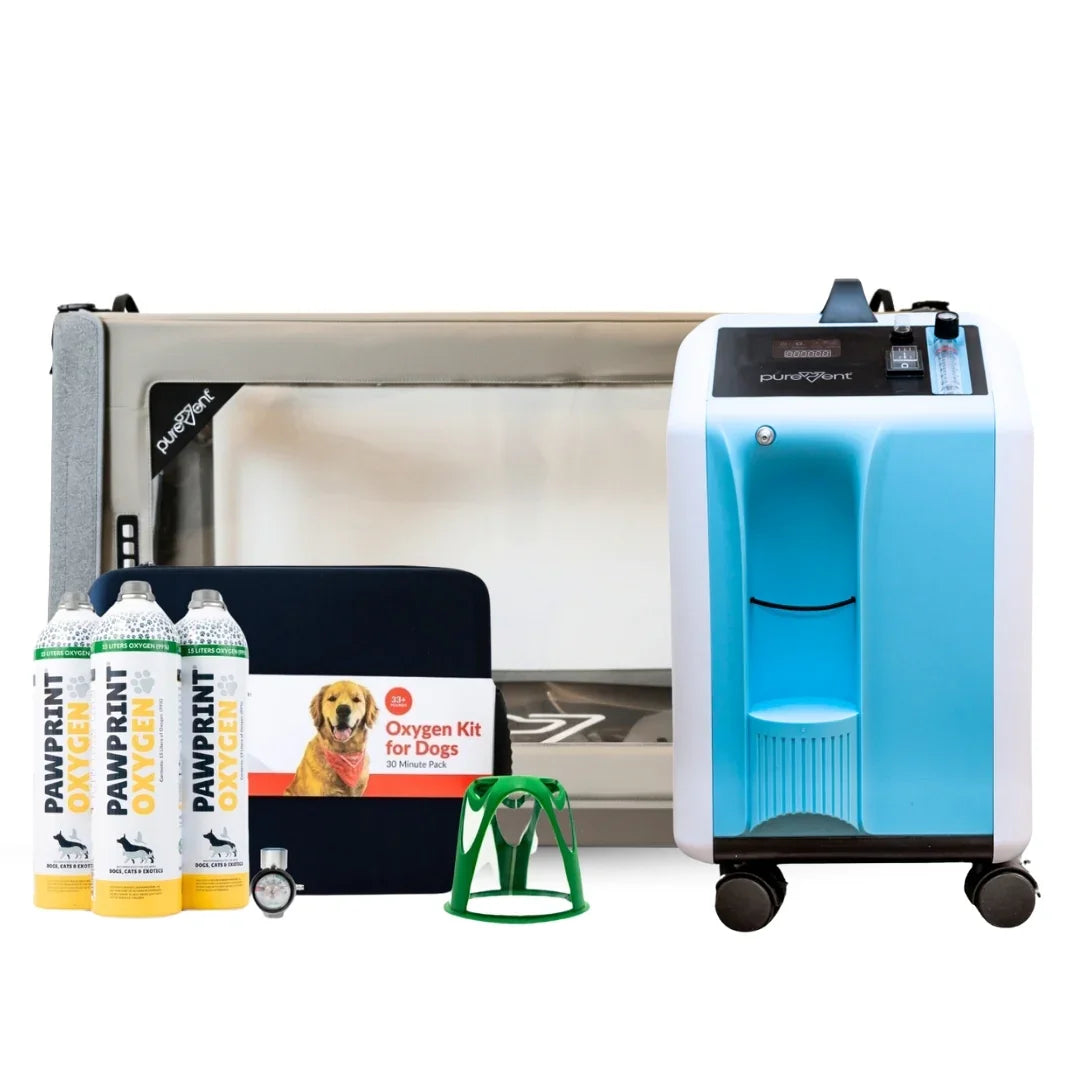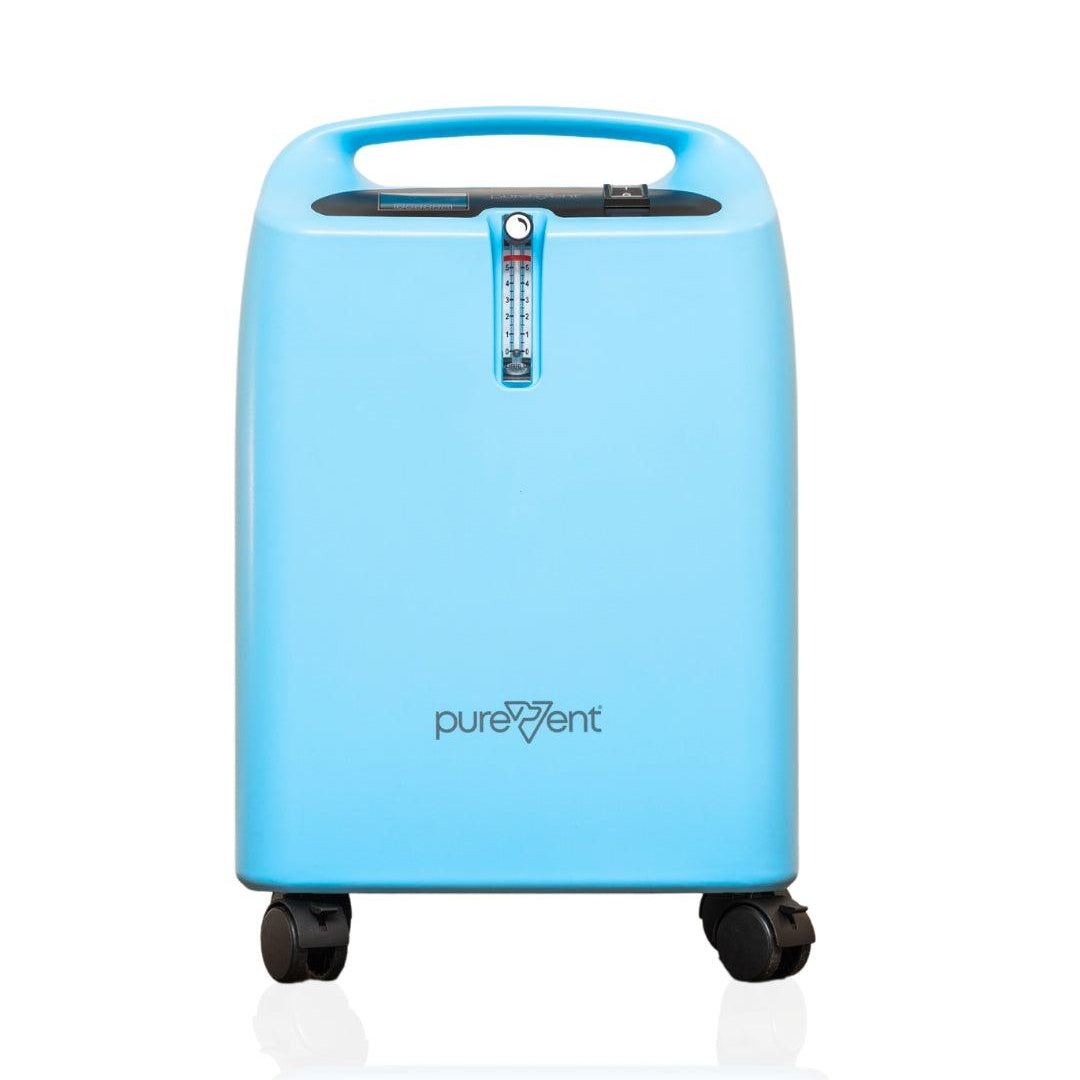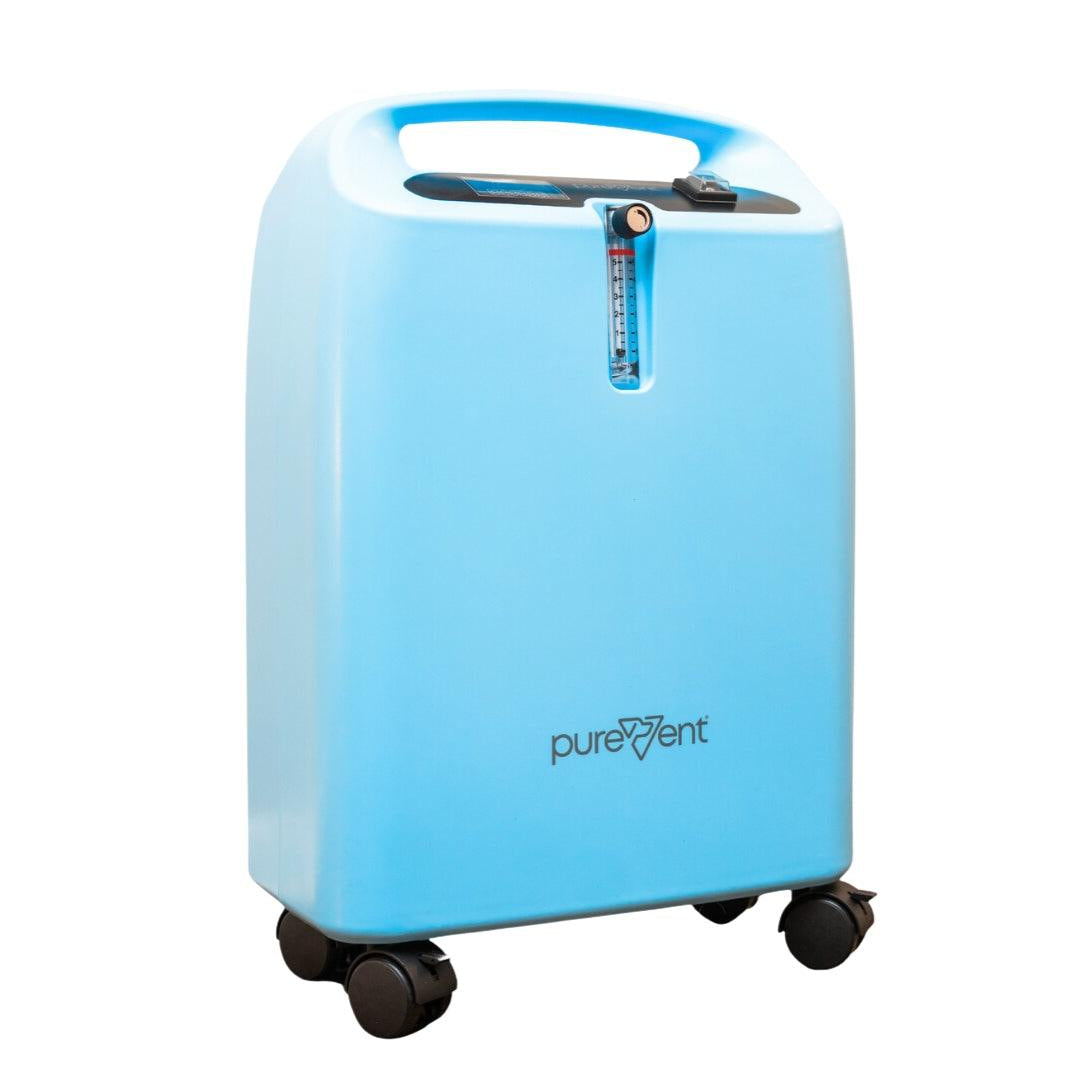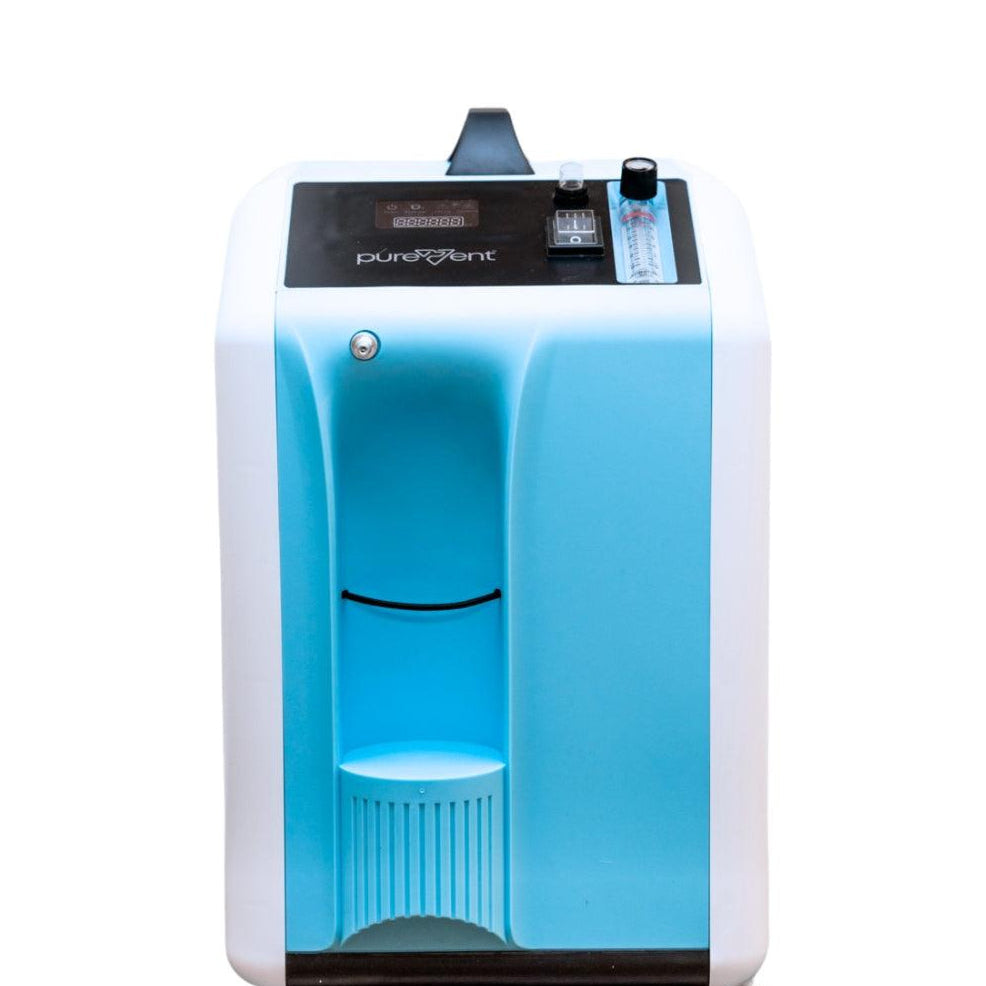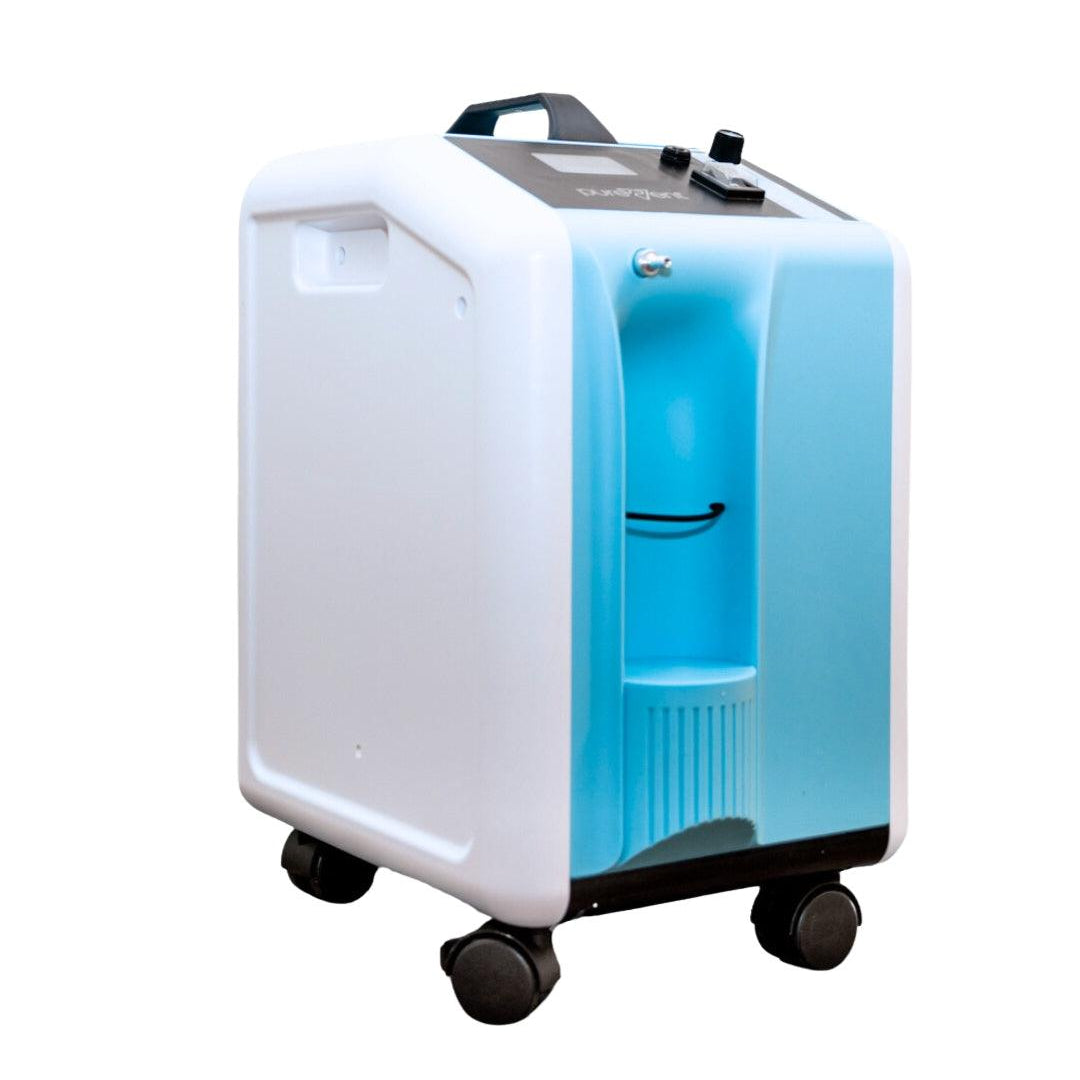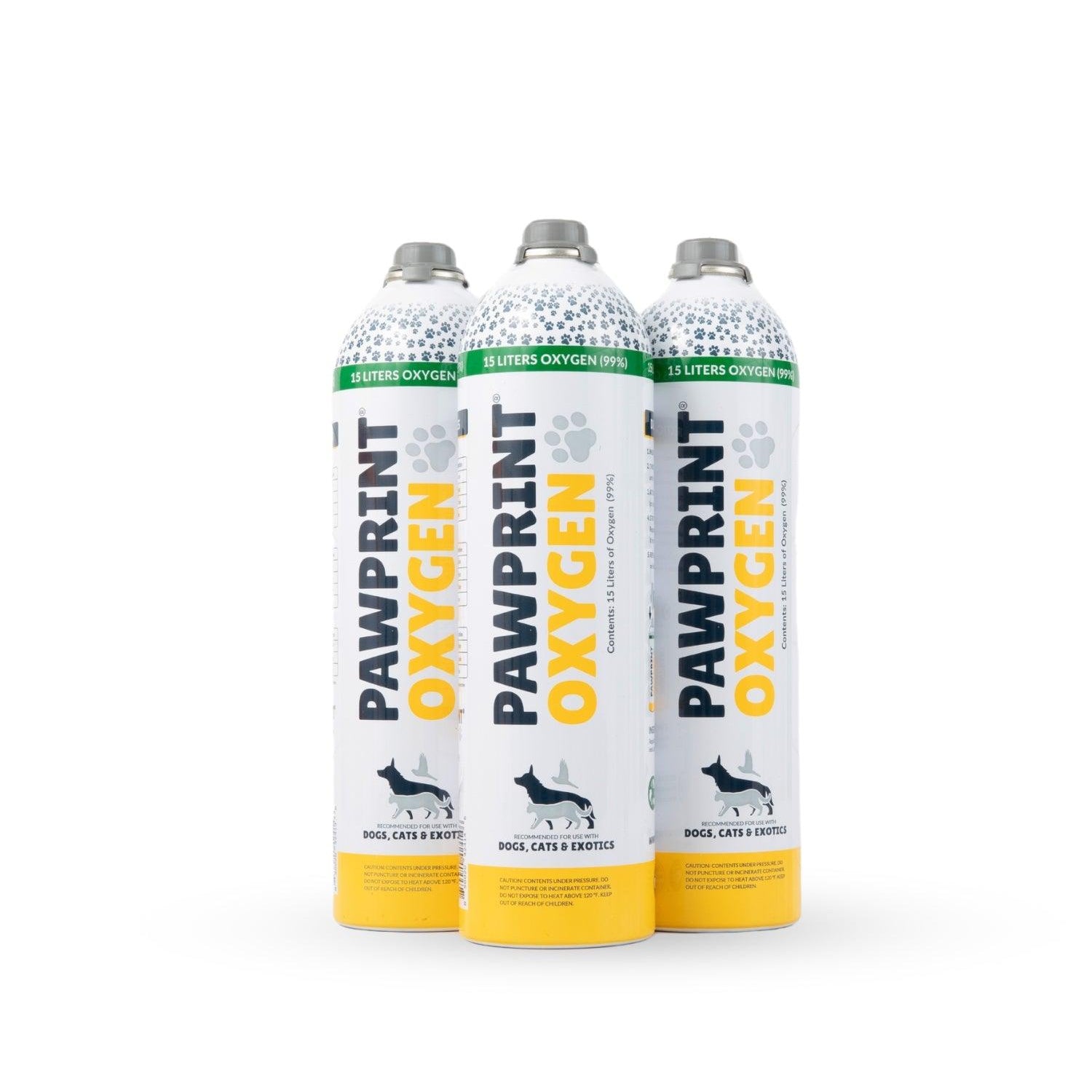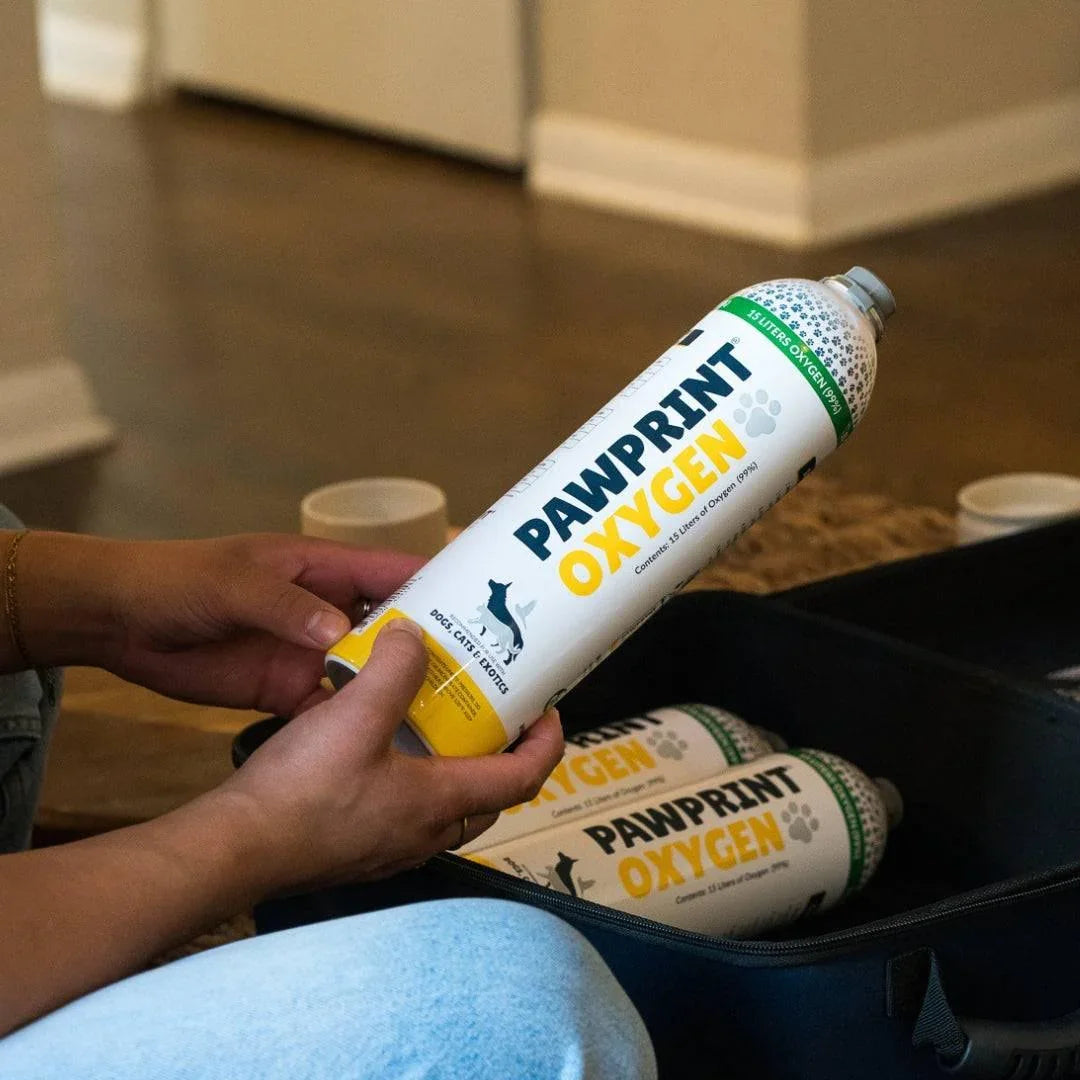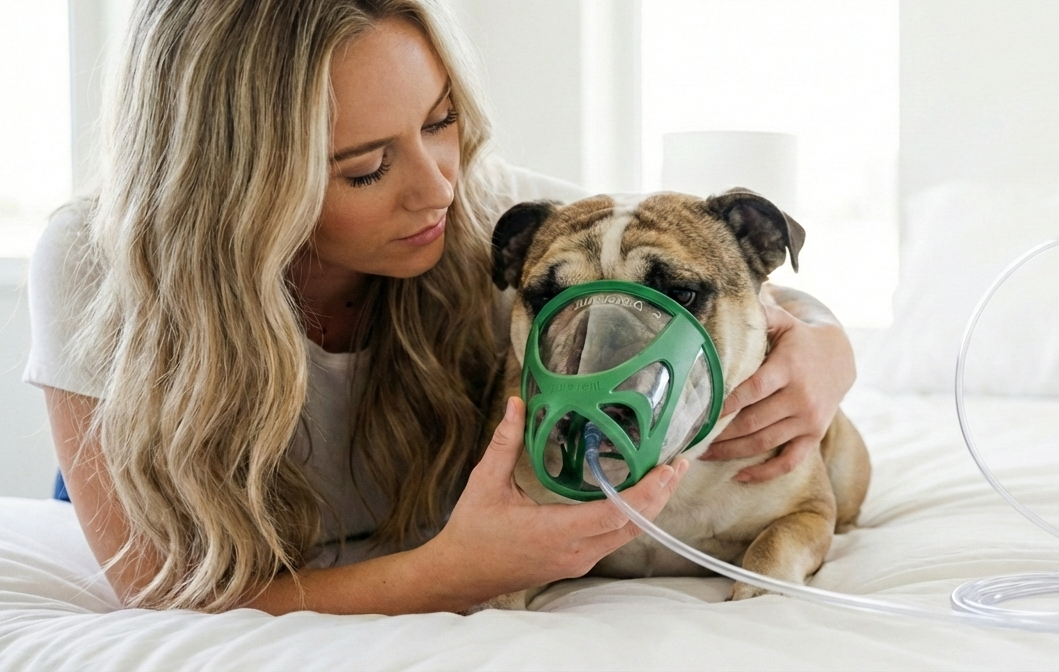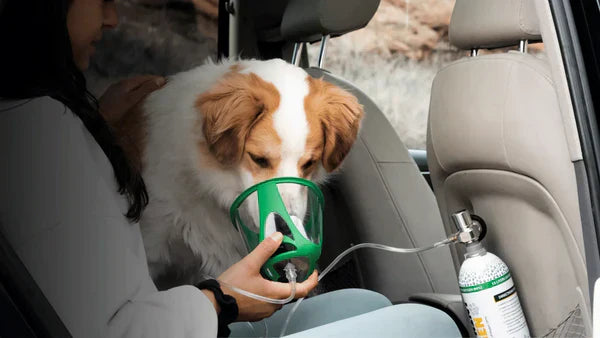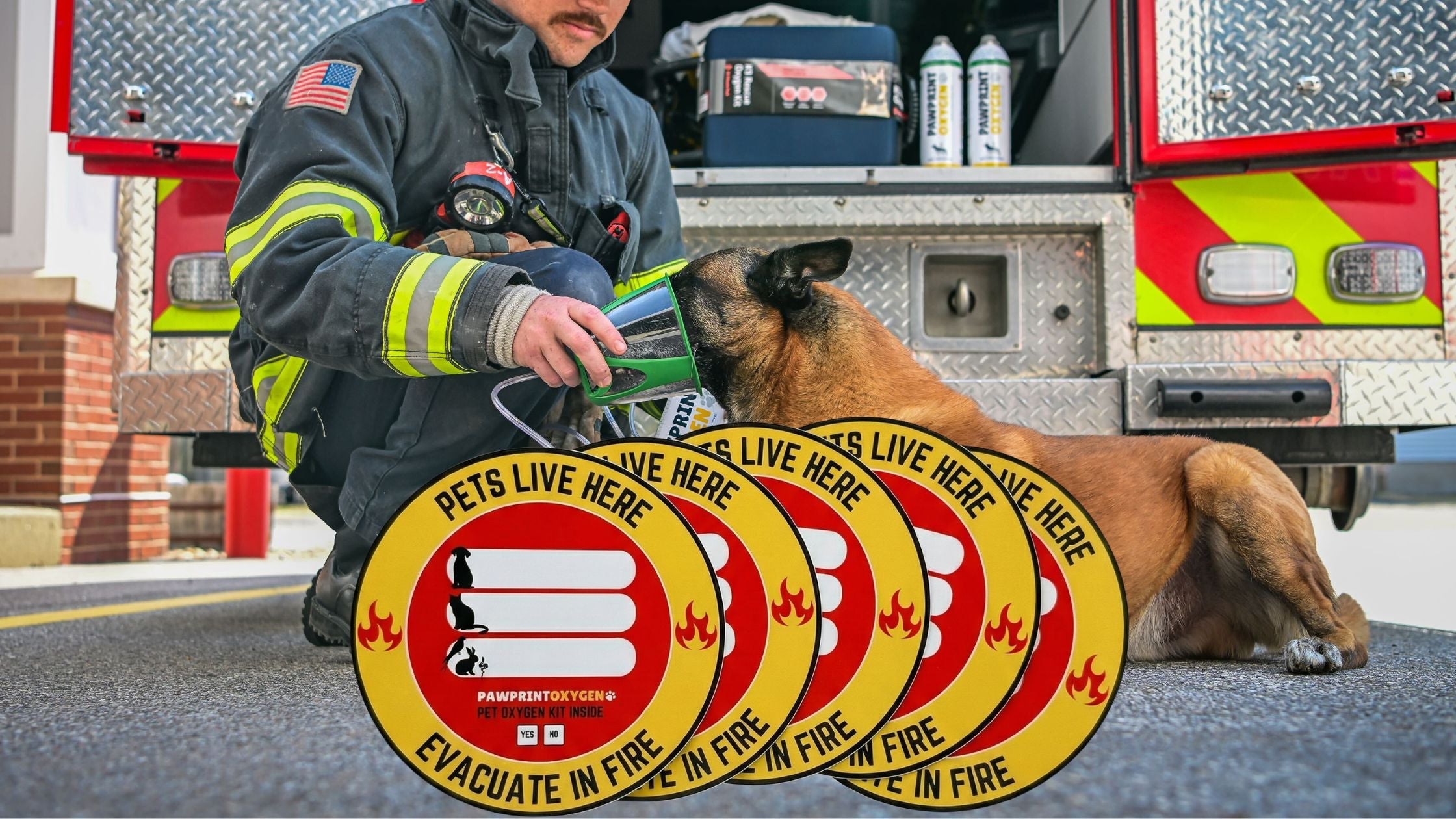Pneumonia in dogs is a serious respiratory condition that occurs when the lungs become inflamed, often due to infection. It can cause symptoms like coughing, difficulty breathing, lethargy, and a reduced appetite, making it challenging for your dog with pneumonia to get the oxygen they need. While a veterinary diagnosis and treatment plan are essential to manage your dog with pneumonia effectively, there are supportive treatments you can provide at home to help your dog recover more comfortably.
At-home care plays a vital role in easing symptoms and promoting healing, but it's crucial to remember that these treatments should only be used alongside professional veterinary guidance. Without the right medical care, your dog with pneumonia can worsen quickly, so always consult your vet before trying home treatments. In this article, we’ll explore five ways you can support your dog’s recovery from pneumonia in the comfort of your home.
Table of Contents
Treatment 1: Oxygen Therapy to Help Your Dog with Pneumonia
Pneumonia in dogs directly affects their ability to breathe by causing inflammation in the lungs, which can fill with fluid or mucus. Pneumonia compromises their lung capacity, making it harder for them to take in enough oxygen. As a result, your dog with pneumonia may struggle with shallow, rapid breathing and may show signs of distress, such as panting or fatigue. One of the most effective ways to support your dog with pneumonia is by providing supplemental oxygen, which helps ensure their body gets the oxygen it needs to function properly while reducing the strain on their respiratory system.
Oxygen therapy can ease your dog’s breathing difficulties due to pneumonia, reduce inflammation, and promote faster healing. By using supplemental oxygen at home to treat your dog with pneumonia, you can significantly improve your dog’s comfort and overall quality of life during recovery from severe symptoms. Pawprint Oxygen offers solutions for providing oxygen at home, including oxygen concentrators that deliver a steady flow of oxygen and portable oxygen canisters for on-the-go therapy. These options allow pet owners to administer oxygen as needed, whether your dog is being treated for pneumonia at home or on a short trip to the vet for a recheck.
When and How to Use Oxygen to Treat Pneumonia at Home
It’s important to know when to use oxygen therapy for your dog with pneumonia. If your dog is experiencing rapid breathing, wheezing, or visible discomfort while breathing, it may be time to administer oxygen. Before starting oxygen therapy, ensure you have the correct equipment and have been shown how to use it properly by your veterinarian. Typically, an oxygen concentrator is set up in a quiet room where your dog can rest comfortably while receiving a continuous flow of oxygen. You can use either an oxygen chamber or pet oxygen mask to administer oxygen, making therapy more versatile to fit your pet’s needs. For more acute episodes, a portable oxygen kit can provide quick relief during travel or at the onset of breathing distress.
Always monitor your dog closely while administering oxygen therapy and follow your veterinarian’s guidance on the duration and frequency of use. If your dog’s pneumonia symptoms worsen or your dog with pneumonia does not respond well to the oxygen, seek immediate veterinary attention.
Oxygen Kit for Dogs
The Portable Oxygen Kits for Dogs are designed to help your dog when and where they need it most. You can administer on-the-spot oxygen therapy at home or while on your way to emergency care.
Dogs diagnosed with pneumonia have a compromised lung capacity, which makes it harder for them to take in enough oxygen. Providing supplemental oxygen helps to ensure their body gets the oxygen it needs to function properly while reducing the strain on their respiratory system.
The Oxygen Kit for Dogs allows pet owners to administer oxygen as needed, whether your dog with pneumonia is being treated at home or on a short trip to the vet for a recheck.
Treatment 2: Keeping Your Dog Hydrated
Hydration is a key factor in helping your dog with pneumonia recover. When a dog is battling this respiratory illness, their body works hard to fight off infection and inflammation, which can lead to increased fluid loss. Additionally, the symptoms of pneumonia, such as fever and difficulty breathing, may make your dog less interested in drinking water, putting them at risk of dehydration. Maintaining proper hydration not only supports overall health but also helps thin out mucus in the lungs, making it easier for your dog to clear it and breathe more comfortably.
Methods to Ensure Adequate Hydration for Dogs with Pneumonia
To keep your dog with pneumonia hydrated during their recovery, ensure they always have access to fresh, clean water. You can encourage more frequent drinking by placing water bowls in easily accessible locations or offering ice cubes, which some dogs find more appealing than plain water. If your dog isn’t drinking enough, consult your veterinarian about using a vet-approved electrolyte solution. These solutions can provide essential electrolytes that help your dog maintain fluid balance while also supporting immune function.
In cases where your dog with pneumonia is severely dehydrated and not responding to at-home hydration methods, your veterinarian may recommend subcutaneous fluids to rehydrate them more effectively. This treatment can often be done in the clinic or, in some cases, at home under veterinary supervision.
Warning signs of dehydration include:
Dry gums and a sticky or tacky mouth.
Sunken eyes or a dry nose
Lethargy or weakness.
Loss of skin elasticity. You can check by gently pinching the skin on their neck. If it doesn’t snap back quickly, your dog may be dehydrated.
Dark, concentrated urine or a noticeable reduction in urination.
If you notice any of these signs in your dog with pneumonia, it’s critical to act quickly to rehydrate your dog and consult your veterinarian for further advice.
How do veterinarians diagnose your dog with pneumonia?
Veterinarians will perform a physical exam and use a combination of diagnostic tests to diagnose your dog with pneumonia. X-rays, bloodwork, and cultures are some common diagnostic tests veterinarians may utilize.
What kinds of dogs get pneumonia?
Pneumonia can affect all breeds and ages of dog.
How do dogs get pneumonia?
There are several causes of pneumonia, from bacterial, viral, or fungal to inhaling particles (called aspiration pneumonia). Treatments may differ between the different kinds of pneumonia, so veterinarians will work to try to pinpoint the cause before starting medications for your dog with pneumonia.
Treatment 3: Utilizing Humidity for Your Dog with Pneumonia
One of the most effective ways to help a dog with pneumonia clear mucus from their lungs is by creating a humid environment. Humidity works by moistening the airways, which helps to loosen and thin out mucus, making it easier for your dog to cough and expel the fluid that has built up in their lungs. This can alleviate breathing difficulties and promote faster recovery from pneumonia.
In dogs with pneumonia, mucus buildup can block the airways and make breathing difficult. When you expose your dog to humid air, it helps to break up this mucus, allowing your dog to breathe more freely. A humid environment can also soothe irritated respiratory tissues, reducing coughing and discomfort.
Using Coupage to Assist Mucus Clearance
In addition to utilizing humidity to help treat pneumonia, you can assist your dog by performing a technique called coupage. Coupage involves gently tapping the chest to help break up and loosen mucus in the lungs. To do this, cup your hands and gently pat your dog's chest wall on both sides, focusing on the areas where the lungs are located. Performing coupage for a few minutes after humidity therapy can enhance the effects, helping your dog cough up mucus more easily. Always be gentle and consult your vet to ensure you're doing this correctly.
Creating a Humid Environment at Home
There are a few simple ways to increase the humidity in your home to benefit your dog while being treated for pneumonia. The most convenient method is using a humidifier in the room where your dog spends the most time. Humidifiers release moisture into the air, which your dog will inhale to help loosen the mucus in their lungs. Another effective method is to create steam by running a hot shower and bringing your dog into the bathroom for short periods. Allowing them to sit in the steamy air for about 10–15 minutes can have a similar effect.
How Long and How Frequently to Provide Humidity Therapy for Your Dog with Pneumonia
For best results, you should aim to provide humidity therapy multiple times a day while your dog is being treated for pneumonia. A good guideline is to use a humidifier for at least 20–30 minutes at a time, two to three times daily. If you’re using steam from a shower, sessions should last around 10–15 minutes and can be done up to three times a day, depending on your dog’s needs and how they tolerate the therapy.
Monitor your dog closely during and after each session. If their breathing improves or they begin coughing productively, it’s a good sign the humidity therapy is working to treat their pneumonia. However, if your dog seems to struggle more after these sessions, consult your vet, as their condition may require further medical intervention.
Treatment 4: Ensuring Proper Rest and Comfort for Dogs Diagnosed with Pneumonia
Rest is one of the most important components of your dog’s recovery from pneumonia. When a dog is fighting an infection in their lungs, their body is using significant energy to combat the illness, and proper rest allows their immune system to focus on healing. By providing a calm, quiet, and comfortable environment, you can help your dog recover more quickly and reduce the stress that pneumonia places on their body.
What You Can Do To Make Your Dog Comfortable While Recovering from Pneumonia
- Creating a Comfortable Resting Space: Soft bedding, such as a cushioned dog bed, can help keep them comfortable while they rest and recovery from pneumonia. Make sure the area is a comfortable temperature, as temperature extremes can further stress their already compromised respiratory system. The space should be low traffic, away from loud noises or other pets.
- Minimize Physical Activity: It’s essential to minimize physical activity while your dog with pneumonia is recovering. Even though they may feel restless at times, avoid long walks, runs, or any vigorous play. Instead, take them outside for brief, gentle potty breaks and encourage them to rest as much as possible in between.
- Elevate Your Dog’s Head to Ease Breathing: Your dog with pneumonia may benefit from resting with their head elevated. This position can help keep the airways open and make it easier for your dog to breathe. You can gently elevate your dog’s head by placing a pillow or rolled-up towel under their neck or chest while they sleep.
Treatment 5: Administering Medications for Pneumonia in Dogs
Medications play a crucial role in treating your dog with pneumonia. Depending on the cause of the pneumonia, your veterinarian may prescribe antibiotics to combat bacterial infections, anti-inflammatories to reduce lung inflammation, and possibly cough suppressants to ease persistent coughing. These medications help address the root cause of pneumonia and alleviate symptoms, allowing your dog to recover more quickly and comfortably. Properly administering these medications at home is essential for their effectiveness and for ensuring your dog’s recovery.
The Importance of Following Your Vet’s Prescription For Your Dog With Pneumonia
It’s vital to follow your veterinarian’s prescription carefully when giving your dog with pneumonia their medications. This includes administering the correct dosage at the recommended times, as well as completing the full course of treatment. Stopping antibiotics or other medications too soon, even if your dog seems to be feeling better, can result in the infection returning or the pneumonia worsening. Additionally, improper dosing may reduce the effectiveness of the medication and prolong your dog’s recovery from pneumonia.
Always make sure to ask your vet any questions you may have about any medications your dog is taking, such as potential side effects, how long it will take to see improvements, and what to do if your dog refuses to take their medicine.
Tips for Administering Pneumonia Medications at Home
Hiding Pills in Food: One of the easiest ways to get your dog to take pills is by hiding them in a small amount of food that they enjoy, such as peanut butter, cheese, or canned dog food. Be sure to choose something your dog can eat quickly so they don’t have time to notice the pill inside.
Pill Pockets: Specially designed treats called pill pockets are available and can be used to hide medication. These are soft and moldable, making it easy to insert pills and disguise them as a treat.
Crushing or Splitting Pills: Some medications can be crushed and mixed with food, making it easier for your dog to ingest. However, always check with your vet before crushing or splitting pills, as some medications lose their effectiveness if not given whole.
Liquid Medications: If your dog is prescribed a liquid medication for their pneumonia treatment, use a syringe or dropper provided by your vet to administer the dose. Gently hold your dog’s head steady and insert the syringe into the side of their mouth, slowly releasing the liquid.
Positive Reinforcement: After successfully administering medication, reward your dog with praise, a treat, or extra attention. This can help make the process less stressful and create positive associations with taking their medicine.
Giving medications to your dog with pneumonia can sometimes be challenging, especially if they are not feeling well. If your dog is particularly resistant to taking medication, or if you’re unsure of the best way to administer it, consult your vet for further advice. In some cases, they may be able to suggest alternative methods or formulations, such as flavored compounds that are easier to give, which can help them take the medications much easier helping them recover more quickly from pneumonia.

Recovery from Pneumonia is Within Reach
Caring for your dog with pneumonia requires a combination of professional veterinary treatment and attentive at-home care. While the supportive treatments you provide at home—such as oxygen therapy, proper hydration, humidity, rest, and medications—can greatly improve your dog’s comfort and recovery, it’s important to remember that these methods are meant to complement, not replace, veterinary care for your dog with pneumonia.
Regular check-ups with your vet are crucial to monitor your dog’s progress and adjust the treatment plan as needed. Early intervention and consistent care can help prevent complications and ensure your dog is on the path to recovery.
With the right treatments and attentive care, many dogs can recover fully from pneumonia. By following your vet’s guidance and providing a nurturing environment, you can help your dog regain their health and breathe easily once again.
